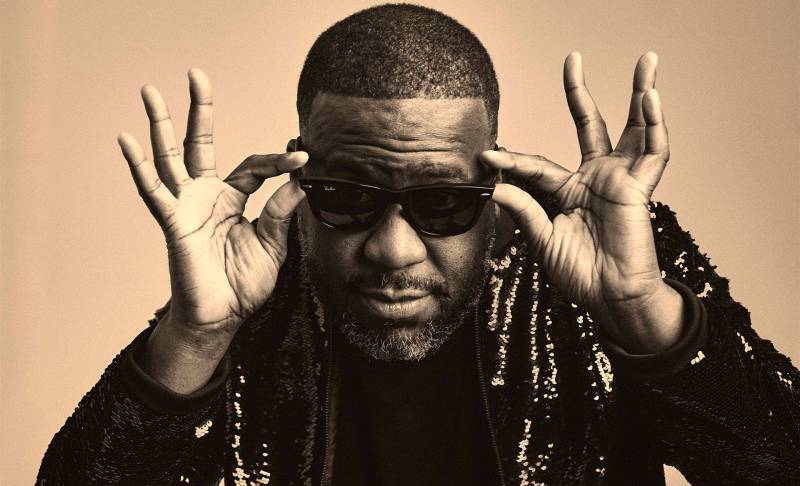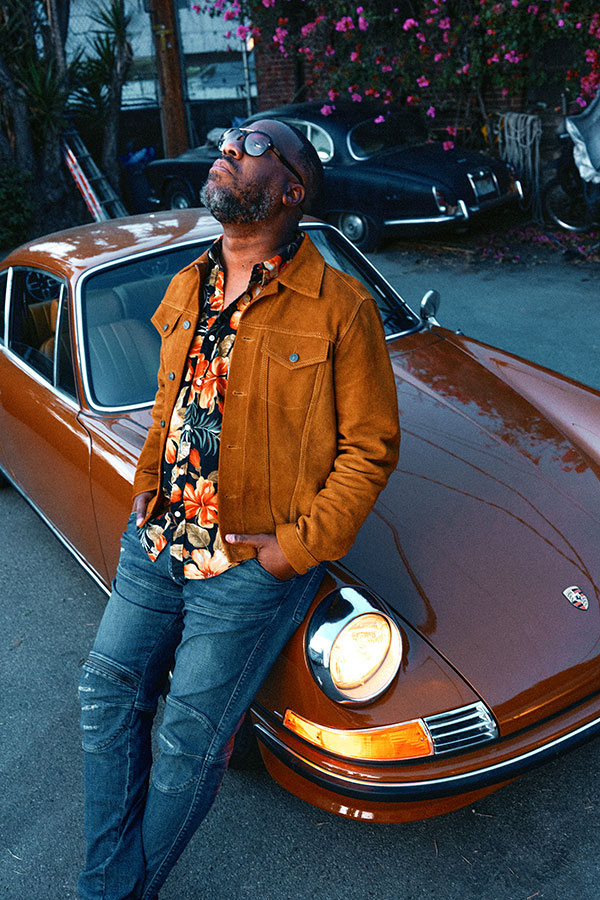Glasper considers himself fortunate to have witnessed Dilla and Q-Tip’s creative process in intimate settings. “I used to go over Tip’s house and replay samples when I was in college all the time.” His first gigs playing hip-hop were with the Roots, who worked frequently with Dilla at the time. “Literally, the Roots and Dilla pretty much raised me.”
From the Philadelphia hip-hop collective, “I learned how to stay in a pocket, and understand how to play (piano) like a sample, by playing with Questlove.” Sometimes, Dilla would be present during these woodshedding sessions. “Me being able to sit across the room with Dilla, him on the MPC, I’m on the keys — I literally learned from the greatest how to do that.”
In 2004, he released Mood, his first album as a bandleader, a fairly traditional jazz trio album of standards and original compositions. The following year, he began his long association with Blue Note Records with the trio album Canvas. His music began to veer toward fusion with 2007’s In My Element, which included a cover of Radiohead’s “Everything In Its Right Place.” A 2009 offering, Double Booked, balanced acoustic trio material with his electric band, The Robert Glasper Experiment, including a track with emcee Yasiin Bey (then known as Mos Def).
Then came his 2012 breakthrough Black Radio, which featured guests Lupe Fiasco, Bilal, Lalah Hathaway, Erykah Badu and Yasiin Bey. Highlights included a Badu-ized version of the jazz standard “Afro Blue” and a decidedly non-grunge take on Nirvana’s “Smells Like Teen Spirit.” The album established Glasper as a commercially successful, forward-thinking artist who could lead jazz music in new directions, engage non-traditional jazz audiences, and do it all in a way that wasn’t cringeworthy.
“Here’s the thing, though. Rock is Black music. Hello!,” Glasper proclaims. “A lot of people still to this day don’t understand that (“Teen Spirit”), that’s a song that I’ve always loved. But I also know the roots of that song came from us. That was my reasoning for that and kind of doing it in a more urban way. So then, it speaks to more Black folk that way also.”
The tradition of jazz, he says, is rife with artists who expanded the genre by refusing to be pigeonholed, from John Coltrane interpreting “My Favorite Things” and Carmen McRae reimagining The Beatles to Donald Byrd, Herbie Hancock, Roy Ayers and Ramsey Lewis mixing jazz, funk, and R&B. To him, it’s all Black music, which he sees as “a lot of clay” that can be shaped and reformed infinitely. Ultimately, he says, “it all comes from Africa.”
Awards, Tours, and the Festival
Glasper’s stratospheric ascension in recent years has included releasing two more volumes of Black Radio, along with more straightforward jazz projects, scoring films and documentaries, and collaborating with a host of hip-hop and soul artists – Kendrick Lamar, Mac Miller, Anderson .Paak, Maxwell, Big K.R.I.T., Q-Tip, Talib Kweli, Denzel Curry, Jill Scott, Snoop Dogg, and Common, to name a few.




